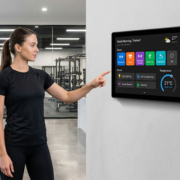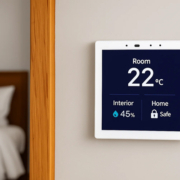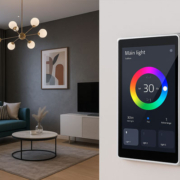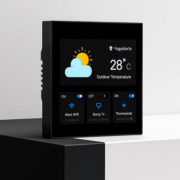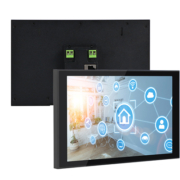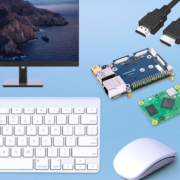How Home Automation Works: A Complete Guide
In today’s smart world, home automation has evolved from a futuristic fantasy into a practical reality for millions of households. But what exactly is home automation? How does it work, and what are the benefits for everyday users?
Whether you’re new to smart home technology or looking to upgrade your current setup, this guide breaks down the fundamentals of home automation, including how it works, its core components, and how it can transform the way you live.
What Is Home Automation?
Home automation refers to the use of technology to control and manage household devices and systems automatically. These systems connect through a central hub or network, allowing you to control lighting, security, heating, appliances, and more — often through a smartphone, tablet, or voice assistant.
Think of home automation as giving your house a “brain.” It allows your home to respond to your needs — whether you’re there or away — making it more efficient, secure, and convenient.
How Does Home Automation Work?
At the heart of home automation is interconnectivity. Here’s how it works in 4 key steps:
1. Smart Devices or Sensors
Smart devices are the building blocks of any home automation system. These include:
- Smart lights
- Smart thermostats
- Security cameras
- Smart door locks
- Motion detectors
- Smart plugs and outlets
2. Communication Protocols
Devices communicate using wireless protocols such as:
- Wi-Fi
- Zigbee
- Z-Wave
- Bluetooth
- Thread
- RF (Radio Frequency)
These protocols allow devices to talk to each other or to a central controller.
3. Central Hub or Smart Home Control Panel
A smart home control panel, like those offered by Portworld, acts as a central interface to monitor and control all connected devices. These panels can:
- Execute automation rules
- Display real-time system status
- Provide control via touchscreen or app
- Integrate with assistants like Alexa, Google Assistant, or Apple HomeKit
4. Automation & Remote Control
Using automation rules or mobile apps, users can set up:
- Schedules (e.g., lights turn on at sunset)
- Scenes (e.g., “Movie Mode” dims lights and lowers shades)
- Triggers (e.g., motion detected = turn on lights)
- Remote access (e.g., check cameras from your phone)
Examples of Home Automation in Action
- Security: Automatically lock your doors and arm your alarm when you leave home.
- Energy Efficiency: Thermostats adjust temperature based on your habits or location.
- Lighting Control: Set your lights to turn on/off depending on time or motion.
- Voice Control: Use Alexa or Google Assistant to control home functions hands-free.
- Smart Entertainment: Automate your speakers, TV, and media systems for a better experience.
Why Is Home Automation Important?
- Convenience – Control everything from one place.
- Energy Savings – Reduce utility bills with smart schedules.
- Security – Monitor your home anytime, anywhere.
- Accessibility – Great for elderly or disabled users.
- Customization – Tailor automation to fit your lifestyle.
What Role Does a Smart Home Control Panel Play?
A smart home control panel is the heart of any advanced home automation system. Unlike simple apps, these panels provide:
- Centralized control of multiple devices
- Real-time feedback and status
- Wall-mounted convenience
- Seamless integration with IoT ecosystems
Companies like Portworld offer compact, powerful 4-inch and 5-inch touch screen control panels, designed for embedded or wall-mounted installations in modern homes. Their Android-based panels support Wi-Fi, PoE, Bluetooth, and offer customizable interfaces — perfect for fully integrated smart home systems.

